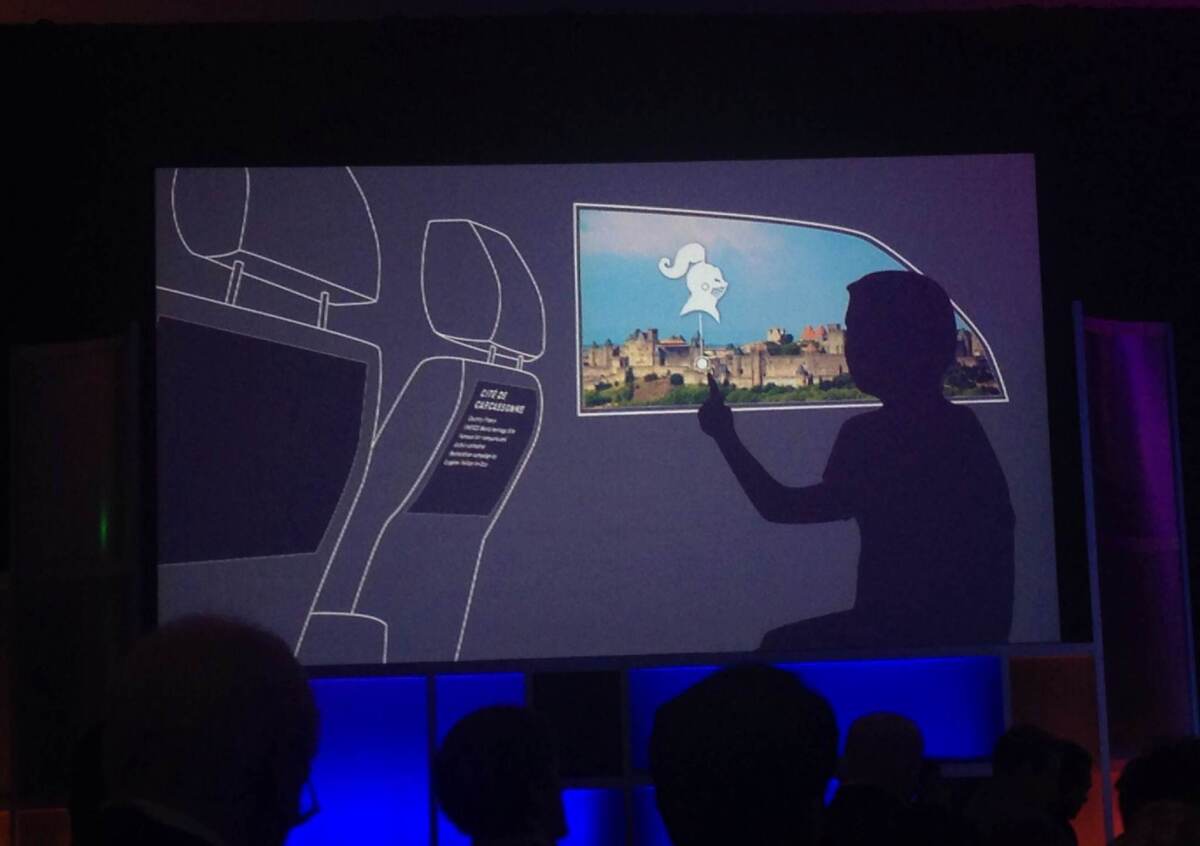L.A. Auto Show: How cars will read your mind in the future

With the amount of time drivers spend in their cars -- 20 hours per week on average, according to J.D. Power -- interactive technology such as smartphone integration, automotive apps and autonomy have become increasingly important.
Industry experts shared their predictions on how emerging technology will influence the future of cars during the Connected Car Expo at the L.A. Auto Show on Tuesday.
From interface to interaction
Maggie Hendrie, interaction design chair at the Art Center College of Design, said the key to car connectivity is the way people interact with their vehicles.
Think of the technology in Spike Jonze’s movie “Her,” for example -- a unique experience where an algorithm was able to anticipate a user’s needs.
The cars of the future need a transparent, intuitive interface, Hendrie said. A driver’s experience in tomorrow’s car is not just mediated by machinery, but by a set of services. Technology, she said, should manage the small transactions people make in their daily lives.
Informing the journey
The next step in car connectivity is bringing the journey inside the car, directing a passenger’s attention away from their video games or apps to the world around them, said Mary Ann de Lares Norris, chief operating officer of Oblong Industries.
If you’re driving past a castle, for example, the passenger should be able to instantly pull up information about the landmark.
This type of technology would be similar to what’s used in conference rooms today -- using wands to control pixels across computers, displays and operating systems, similar to Xbox’s Kinect.
At the core if this, she said, is changing the conversation from “Are we there yet?” to “Did you know?”
Calming the kids
The future of interactive technology relies heavily on the car understanding the driver, said Bryan Biniak, global vice president and general manager of Microsoft.
If a driver is running late, for example, the car should know to adapt to the circumstance. One way to integrate this experience is through audio recognition, he said.
If a driver’s children are screaming the backseat, the car could know should know to switch the programming from loud music to trivia or a joke. An intuitive interface might pull in points of interest from the outside environment, turning it into a game to keep the kids occupied.
The car should also slowly learn the driver’s personality, anticipating whether she would look for the cheapest gas station or the closest one when it’s time to fill up. The vehicle would be able to take a grocery list and order it from Amazon or from Whole Foods, giving the driver time to handle other errands, Biniak added.
“To get to the soul of a car and passenger, you need to know what is important in day to day circumstances,” he said.
Follow me on Twitter: @ParviniParlance







